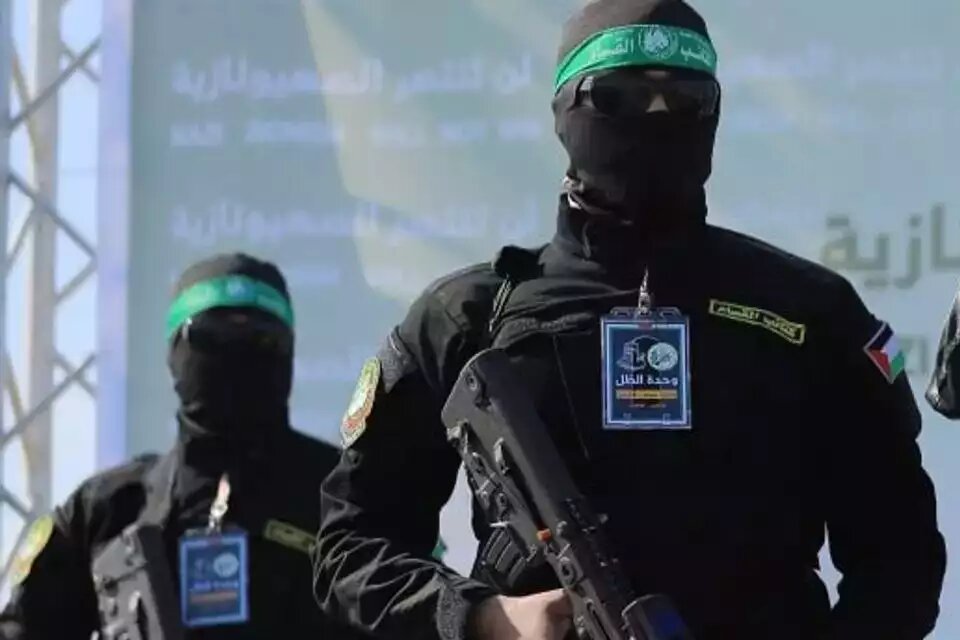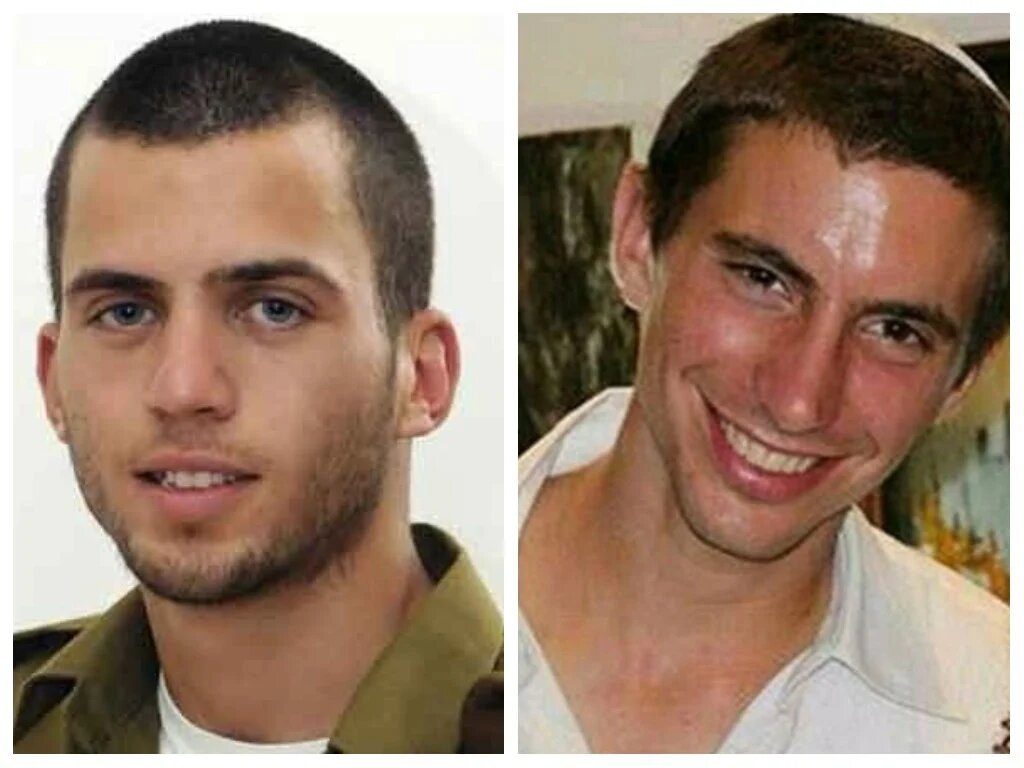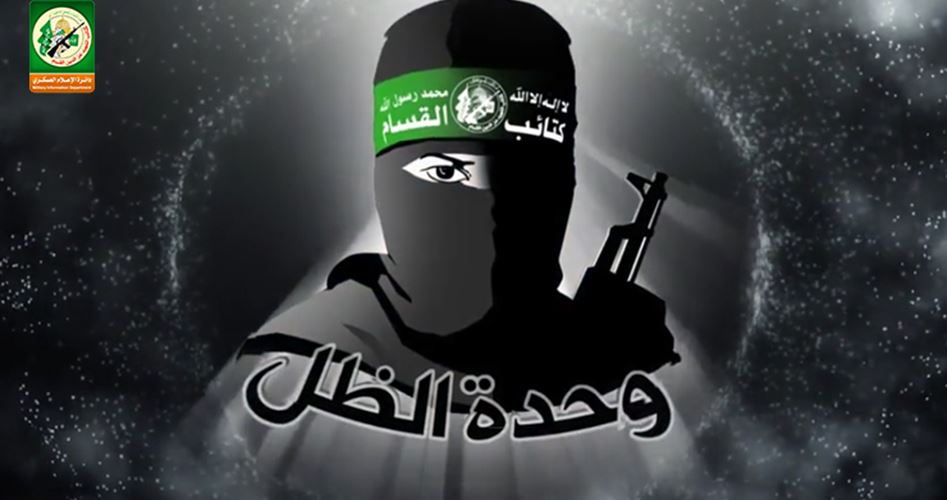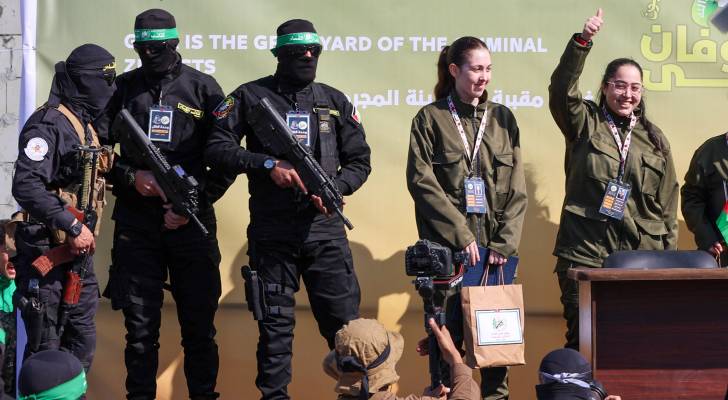Members of Hamas’ Shadow Unit seen on the left escorting “Israeli” captives on stage in Gaza City. (January 25, 2025) (AFP)
What is Hamas’ top secret “Shadow Unit”?
Hamas’ secretive “Shadow Unit” came into prominence, after making rare appearances in the last four rounds of prisoner swaps in the Gaza Strip, as part of the first phase of the ceasefire deal.
The "Shadow Unit" played a crucial role in securing “Israeli” captives for approximately 15 months after the events of Oct. 7, 2023.
The unit –successfully– managed to thwart and evade “Israeli” forces attempting to retrieve captives despite the extensive ground invasion of Gaza Strip which spanned across the entire Strip.

The unit was formed in 2006, shortly after the capture of “Israeli” soldier Gilad Shalit by the al-Qassam Brigades and other factions. It was not publicly revealed until 2016, five years after Shalit’s release in a prisoner swap deal in 2011.
According to Hamas sources, cited by the London-based Saudi-owned Asharq Al-Awsat, the unit was created about three months after Shalit’s capture, due to “Israeli” airstrikes on locations where Shalit had been held.
The unit was composed of prominent members with significant military and security experience, aimed at safeguarding Shalit’s life.
Over the years, additional members were recruited, some from the Hamas’ Intelligence Department and others from elite fighting units, receiving specialized training in security, intelligence, and technology, in addition to their combat skills.
The "Shadow Unit" employs various tactical methods, many of which were developed by al-Qassam Brigades over the years, particularly after the capture of soldiers Hadar Goldin and Oron Shaul in the 2014 “Israeli” war on Gaza.

Members of the "Shadow Unit" also participated in other operations, such as launching rockets, digging tunnels, and other tasks.
During the war, the "Shadow Unit" received continuous instructions to move captives between different locations, both above ground and in tunnels.
Their methods involved relocating captives from tunnels to above-ground safehouses or placing them in disguised, non-operational vehicles parked in strategic locations to maintain security until they could be moved again.





